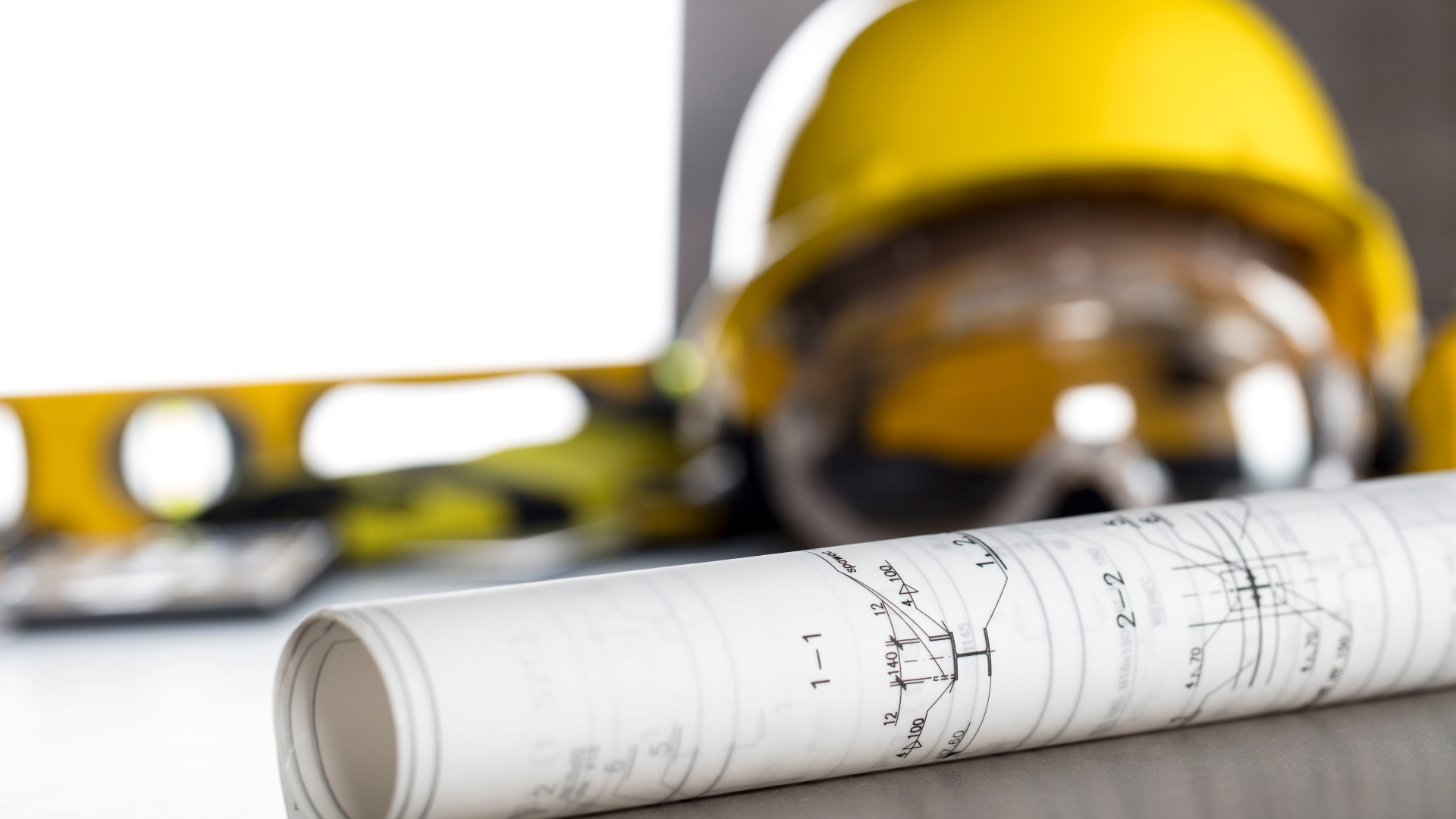Cash flow: your bottom line—really
Your cash flow statement shows the flow of cash in (how much cash you receive) and out (cash you spend) of your business during a set period of time. Used with your income statement and balance sheet, this is a key way to make sure you’ve got enough to keep going, even when times are tough.
For small businesses who run on tight margins, checking this regularly (monthly) is critical. You need to know if your everyday operations are generating enough money for you to basically stay in business. If you’re running low on cash, you might want to check it more frequently.
The best part about this statement is that it really does show your bottom line of the cash in hand—it doesn’t give you “credit” for money that clients owe you but haven’t paid you yet. It excludes money from loans that you receive, too. It’s a genuine picture of what you have on hand—your ”net cash balance.” You’ll be able to spot patterns that let you predict potential downturns in your cash flow (for example, good months versus bad months; or the best time to pay for major expenditures). You can spot red flags, too (e.g., if the net income you receive from the services you provide is equal to or less than what you’re spending to operate your business,)
But the most important thing about a cash flow statement is that, simply put, it lets you see your liquidity—if you have what you need to stay afloat.
Cash flow runway: when will your small business run out of money?
No one wants to run out of money. But, as we noted previously, it’s tough to run a small business, especially when you’re first getting started. Sometimes, every penny counts. That’s why it’s important to know not just how much money you have on hand today (cash flow statement, see above) but how long you have before you run out of cash (if you were to stop generating revenue). Definitely the worst case scenario, but if you’re a small business and just starting out, there will be months when you spend more than you make. Understanding how long you can keep doing this, literally, is super important.
If you generate more cash than you spend, that’s known as a positive cash flow. If you spend more than you generate (if you have to dip into your savings), that’s known as a negative cash flow. For example, if your net burn rate (how much you generally spend a month for payroll and other expenses) is $20,000 a month and you have $100,000 in the bank, you know that you have 5 months to start generating more cash (a positive cash flow).
There’s a great article on how to calculate your burn rate and your cash runway here.
Revenue growth rate: Does your small business have a future?
Revenue (how much money you take in) is one thing. But comparing that figure over time (year to year, for example) gives you the big picture—the trend that tells if you’re actually growing or not. And that’s key for everything from knowing how much to spend on marketing, whether to hire more employees, and even whether to open up a new franchise.
Read this article to learn how to calculate your revenue growth rate.
Questions? Chat with one of our friendly franchise experts today: Call us at 720-213-8040 or click below to request a free consultation.
Related Articles
Parties and other events are a great way to engage and reward employees and customers, and it’s also an opportunity to find tax deductions. But the tax rules for such events are strict and require careful planning and navigation to ensure you can claim your deductions with confidence.
Read on how to deduct the cost of a business party while also being conscious of potential tax deductions.
The various taxes that small businesses have to pay out each year are significant, so it’s important to be aware of every opportunity the tax man gives you to reduce your bill. So be sure to consider whether any or all of the items in this checklist apply to your business and discuss them with your bookkeeper and accountant to ensure you are documenting and claiming every deduction available to you.
With tax season approaching, you will want to take advantage of any and all deductions legally available to you. And if you aren’t satisfied with this year’s write-offs, you’ll want to start looking ahead next year to ensure you are aware of and actively documenting everything you could be deducting.
Financial fraud is the number one consumer complaint in the United States, and it can have devastating consequences for victims.
But by being proactive and following some simple steps, you can make it much more difficult for criminals to steal your money or your identity. Read about implementing some measures to protect you!
Now is the time to start thinking about the coming year, and what changes you could make to reduce your bill next time the taxman comes around.
Take a look at several ways businesses are reducing their tax burden.
Good financial reporting can help a business track what is really important for profitability and guide good decision-making for the future. Many small businesses struggle to really take full advantage of their financial reporting.
Take a look at five tips that could make the difference in whether your financial reports tick boxes or truly help drive growth.
Accounting and invoicing for general contractors have always been a paperwork-intensive process, tracking various construction-specific tasks like estimates, sourcing subcontractors, handling change orders, and partial-completion invoicing.
Let’s take a closer look at what makes construction invoicing different – and difficult – and consider a few highly-regarded apps that are worth considering, not only for invoicing but potentially for the entire end-to-end construction process, from submitting bids to paying contractors to customer relations.
Filing as an S Corp eliminates the self-employment tax on all income that many small businesses pay, while at the same time keeping some income out of reach of things like Medicare and Social Security taxes. It offers you the opportunity to take part of your income as a W-2 salary, with the associated federal program taxes, and the rest of it as distributions that are not subject to those taxes.
As with most “great deals,” though, there are potential pitfalls. It’s important to take the process seriously and abide by the rules in order to reap the benefits while avoiding some very serious penalties.
Let’s take a look at the benefits and potential pitfalls of filing as an S Corp, and how you can pay yourself in a way that maximizes your tax benefits while minimizing your compliance risks.
Filing as an S Corp eliminates the self-employment tax on all income that many small businesses pay, while at the same time keeping some income out of reach of things like Medicare and Social Security taxes. It offers you the opportunity to take part of your income as a W-2 salary, with the associated federal program taxes, and the rest of it as distributions that are not subject to those taxes.
As with most “great deals,” though, there are potential pitfalls. It’s important to take the process seriously and abide by the rules in order to reap the benefits while avoiding some very serious penalties.
Let’s take a look at the benefits and potential pitfalls of filing as an S Corp, and how you can pay yourself in a way that maximizes your tax benefits while minimizing your compliance risks.









